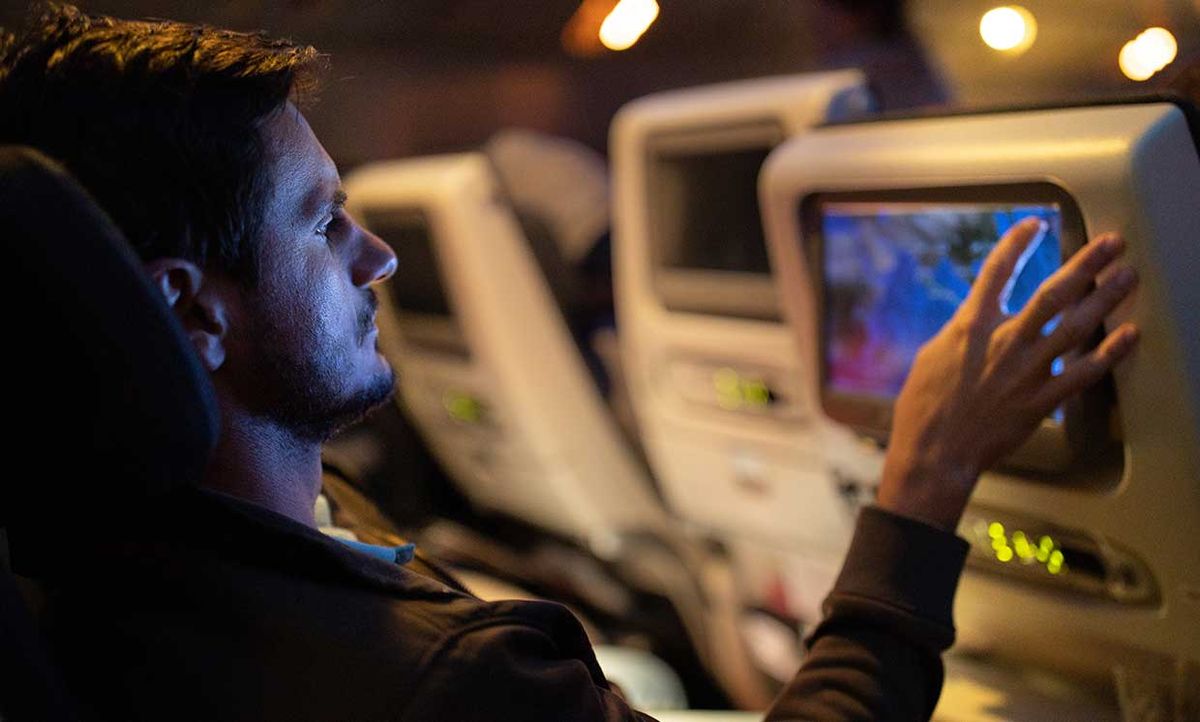Active noise cancellation/control (ANC) headsets depend on passive sound attenuation from the padding and cups found in headphones and earphones. This makes ANC headphones effective noise control devices, although wearing these for extended periods of time can be uncomfortable and even cause injury. A group of researchers from the University of Technology Sydney’s Centre for Audio, Acoustics and Vibration have been working on a new kind of virtual noise cancellation system that moves the ANC components away from personal audio equipment and into the headrest of a chair.
Active noise cancellation has an almost century-long history—going back to the 1930s when the first patent was awarded in the US for a device that could cancel out unwanted noise by inverting the polarity of these sounds and playing them back. In 1989 the first working prototype of ANC headphones was released for the aviation industry. In 1991, ANC was used for noise-control in an enclosed space—for the hardtop model of the Nissan Bluebird in Japan.
“However, this ANC headrest system has seen very little progress over the years compared to ANC headphones,” says Tong Xiao, one of the authors of the current study.
There are multiple reasons for this. Existing ANC headrests use microphones set in strategic positions around a user’s head to sample the sounds reaching them. These setups are best for dealing with low-frequency noises up to 1 kHz. However, the passive noise control provided by the cushioning and cupping available in headphones, which reduce high-frequency noises more effectively, are absent. These high frequencies include human speech, which is around 4 to 6 kHz.
Thus the Sydney team needed to demonstrate an ANC system that worked with both high and low frequencies. So they used a remote acoustic sensing system built around a laser Doppler vibrometer (LDV), which measures non-contact vibrations over a wide range. In their tests, they placed a tiny, jewelry-sized, retro-reflective membrane in the ear as a pick-up for the LDV.
The test was a success, reports Xiao, with noise cancellation active to 6 kHz—and attenuation by 10 to 20 dB.
The researchers tested their system on three representative types of environmental noises—aircraft interior, airplane flyby noise, and speech. Xiao says their system performs closer to a pair of ANC headphones than to any existing ANC headrests, with a wide frequency response but without the need for any bulky headsets or other devices. “We call it ‘virtual ANC headphones,’” he says.

The performance of these virtual headphones was demonstrated on a head and torso simulator (HATS) device to record consistent measurements. However, Xiao says, they have performing initial tests with human subjects since the paper was published.
“The configuration…[is] simple and yet effective,” he says “[One] limitation…so far is the cost, since the system uses LDVs, which are delicate scientific instruments and can be pricey. However, we believe science advancements in the near future can make the system more cost effective.”
There are other aspects of the system to be ironed out still—a more realistic head-tracking system; improved material of the membrane placed in the user’s ears; lasers that are safe and invisible to humans; and, of course, even higher levels still of noise reduction.
Payal Dhar (she/they) is a freelance journalist on science, technology, and society. They write about AI, cybersecurity, surveillance, space, online communities, games, and any shiny new technology that catches their eye. You can find and DM Payal on Twitter (@payaldhar).



